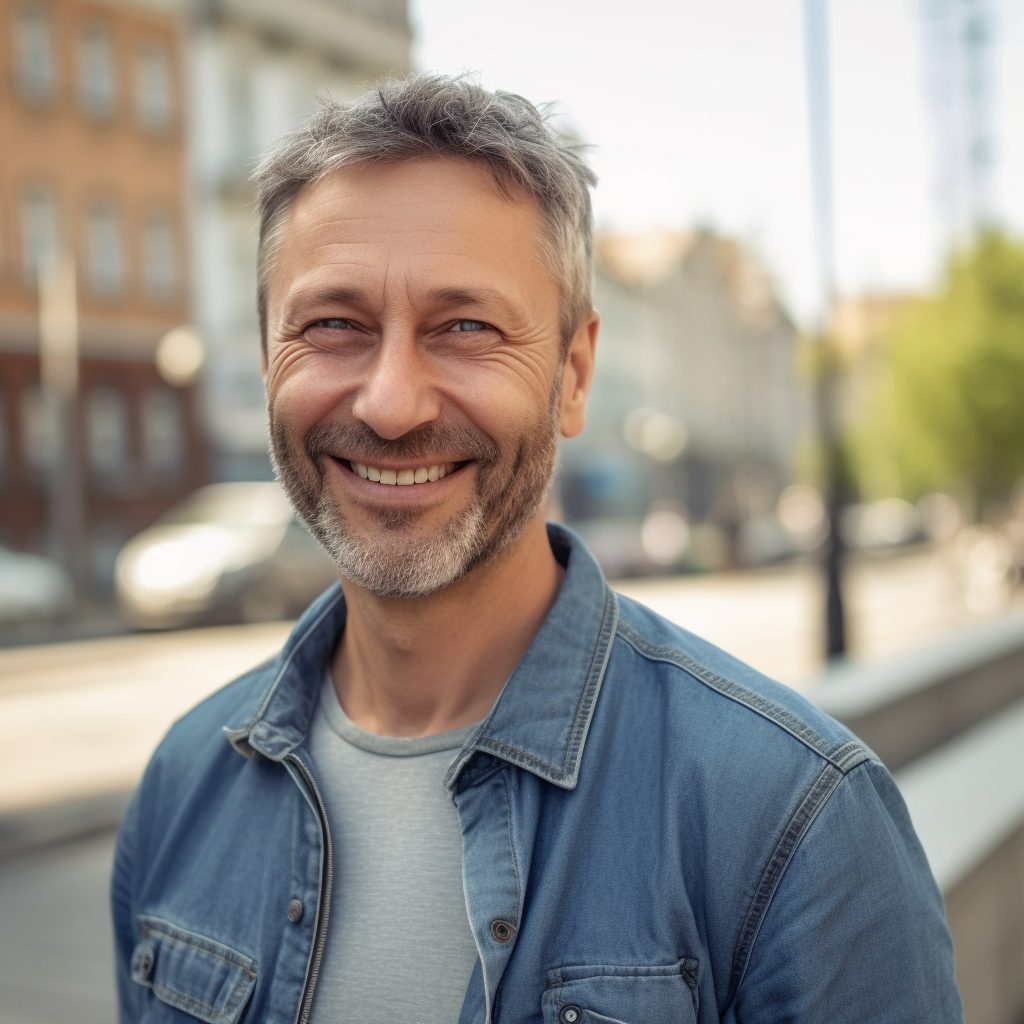The Holocaust Through Hidden Family Stories
A Past Whispered, Not Forgotten
For decades after World War II, many Holocaust survivors remained silent. Not because they forgot, but because the memories were too painful to share, and the world often seemed unwilling to listen. It wasn’t until their children and grandchildren began asking questions—sometimes prompted by hidden letters in attic boxes or faded numbers on forearms—that stories long buried started to surface.
The Holocaust, in which six million Jews and millions of others were systematically murdered by Nazi Germany, is a vast, complex historical tragedy. Yet its deepest truths often lie in intimate testimonies—the story of a mother who survived by hiding under floorboards, a brother lost on a death march, a diary that reappeared after decades. This article explores the Holocaust through hidden family stories, illuminating personal threads in the fabric of history.
The Broader Context
Nazi Ideology and Systematic Persecution
The Nazi regime, under Adolf Hitler, came to power in 1933 and rapidly began targeting Jews, Roma, disabled individuals, LGBTQ+ people, and political dissidents. With the implementation of the Nuremberg Laws in 1935, Jews were stripped of citizenship, barred from professions, and segregated socially and economically.
By 1941, the Nazis shifted from persecution to genocide—what they called the Final Solution. This included the construction of extermination camps like Auschwitz, Treblinka, and Sobibor, where industrialized mass murder occurred.
A Family’s Fragmented Memory
The Missing Aunt in Warsaw
Hannah Levinson, born in Chicago in 1984, grew up knowing only that her grandmother “had come from Poland” and “lost everyone.” It wasn’t until 2010, when a cousin found a trove of letters hidden inside a sewing kit in a Brooklyn basement, that the family began to piece together what had happened.
The letters, written in Yiddish between 1939 and 1942, were from Hannah’s great-aunt, Rivka, who remained in the Warsaw Ghetto after the rest of the family fled. One line stood out: “We wait, though hope grows thin. The bread shrinks but the walls come closer.”
Through archival records and a visit to the Warsaw Jewish Historical Institute, Hannah learned that Rivka had been deported to Treblinka in 1942. No one had spoken her name in 60 years.
The Silence of a Hungarian Survivor
David Rosenthal, now 91, only told his children in his seventies that he had survived Auschwitz. For decades, he kept his tattooed number hidden beneath long sleeves, even on the hottest days in Tel Aviv.
When asked why he never spoke, David responded: “What could you understand? And what could I say that wouldn’t bring the screams back to life?” It was only after his granddaughter Leah began filming interviews for her university project that he opened up, describing how he had clung to his brother’s coat as they were separated at the ramp.
Timeline of Events
| Date | Key Event |
|---|---|
| 1933 | Adolf Hitler becomes Chancellor of Germany; anti-Jewish policies begin |
| 1935 | Nuremberg Laws enacted, stripping Jews of citizenship |
| 1939 | Germany invades Poland; ghettos established |
| 1941 | Operation Barbarossa; mass shootings of Jews in Eastern Europe |
| 1942 | Wannsee Conference; “Final Solution” formally initiated |
| 1944–45 | Auschwitz and other camps liberated by Allied forces |
Rescuers, Resisters, and Refugees
The Dutch Attic and the German Neighbor
While Anne Frank’s diary became the most famous story of hiding during the Holocaust, countless others remain lesser known. In Amsterdam, Jacob Stein’s family was hidden by a Catholic schoolteacher named Lisbeth Hoekstra. Jacob’s mother later wrote in a postwar affidavit: “Lisbeth told us, ‘If you must die, better in my home than in the streets.’”
In Berlin, some Jewish families were saved by former neighbors or co-workers who risked everything. German factory manager Otto Weidt, blind himself, hid Jewish employees in the back of his brush factory. Eyewitness Ruth Kronberg later said: “He gave us soap, told us where the raids were coming. Without him, I would not be here.”
How the Holocaust Is Remembered Today
From Family Secrets to Public Testimony
As survivors age and pass away, the task of preserving Holocaust memory increasingly falls to descendants. Organizations like the USC Shoah Foundation and Yad Vashem have recorded tens of thousands of video testimonies. Many families are now contributing their own oral histories, family trees, and artifacts.
Grandchildren of survivors have written memoirs, launched podcasts, and organized exhibitions. In Warsaw, the POLIN Museum’s “My Family Story” exhibit includes children’s drawings based on grandparents’ testimonies.
Even DNA tests have played a role in uncovering histories. In one case, a French woman adopted as a baby learned through genetic genealogy that her biological family perished in Buchenwald—and that she was likely saved by a Catholic nurse during the roundup of Paris Jews.
Education and Holocaust Denial
Today, Holocaust education is more critical than ever, especially in an era of misinformation and denial. While many nations have mandated Holocaust curricula, others face rising antisemitism and revisionism.
Hidden family stories are powerful tools in education. They convey the human cost of genocide in ways that statistics cannot. As one teacher in Boston put it: “When I read David Rosenthal’s story to my students, they cry. They ask, ‘What would I have done?’ And that question is the seed of empathy.”
History Carried in Blood and Words
The Holocaust is both a singular atrocity and a constellation of personal experiences. Each hidden diary, whispered recollection, and recovered photograph adds dimension to the historical record. Family stories make the abstract tangible. They remind us that the Holocaust was not only a crime of history, but a rupture in lives, families, and generations.
To carry these stories forward is to resist forgetting. As the generation of survivors fades, the responsibility grows heavier—but so does the urgency. In preserving and sharing these hidden family stories, we honor not only those who were lost, but those who survived, rebuilt, and remembered.

